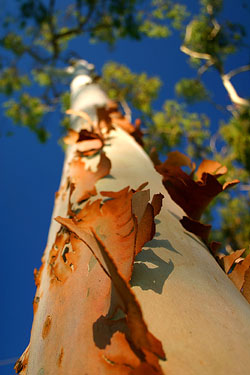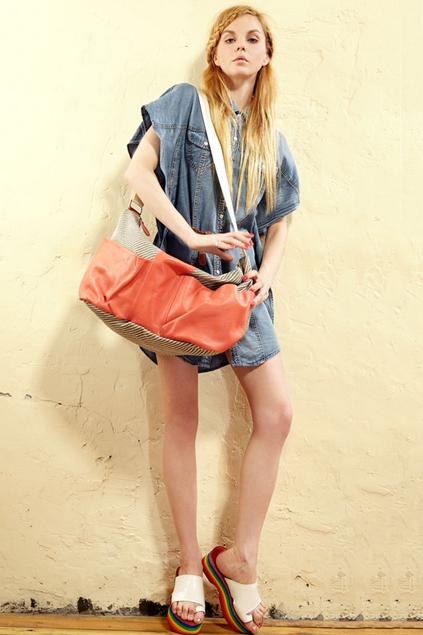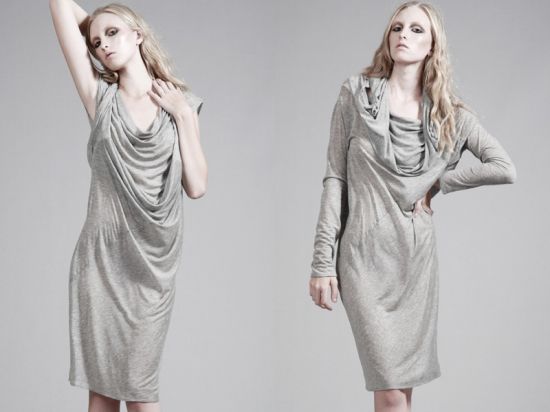Made with wood pulp from sustainable eucalyptus tree farms, Tencel textiles (or lyocell), are created through an award-winning closed-loop process using milestone technology which is opening doors for designers by producing a fabric that is not only 100% biodegradable and certified by the International Forest Stewardship Council, but also inspires design leaps in how the fabric can be playfully manipulated.

How the process works is wood from eucalyptus trees are soaked in water to extract the raw cellulose. Cellulose makes up a large part of the cell wall of a plant–remember back to high school biology? This is the hard part of a cell that holds everything up right–it also happens to be the most common organic compound on Earth. So, the wood is dissolved in a non-toxic solvent, called amine oxide solvent. Although the solvent is a petrochemical, 99% of the solution is used again and again in a continually recycled process. So water and wood go into the facility, and water and fiber come out.
The tencel fibers that come out are a pure white color with a soft, almost silky texture. Once spun, its breathable, strong, great for drapery, and holds the added bonus of being wrinkle-resistant, so you can pack it in your suitcase and still look sharp when you make it to your destination. The fibers are highly absorbent so when dyed, the dye absorbs more quickly, spreading easier, and the color result is brighter and clearer. It’s high absorbancy allows the process to use less dye than other cellulose fibers.


Breathable, soft, and strong the fabric has been used to make a variety of products such as dresses, shirts, jeans, and even bedsheets. Tencel is quickly catching on throughout the fashion industry, and gaining its deserved attention. In 2000, the European Union awarded the tencel manufacturing process an Environmental Award for “technology for sustainable developments.”

